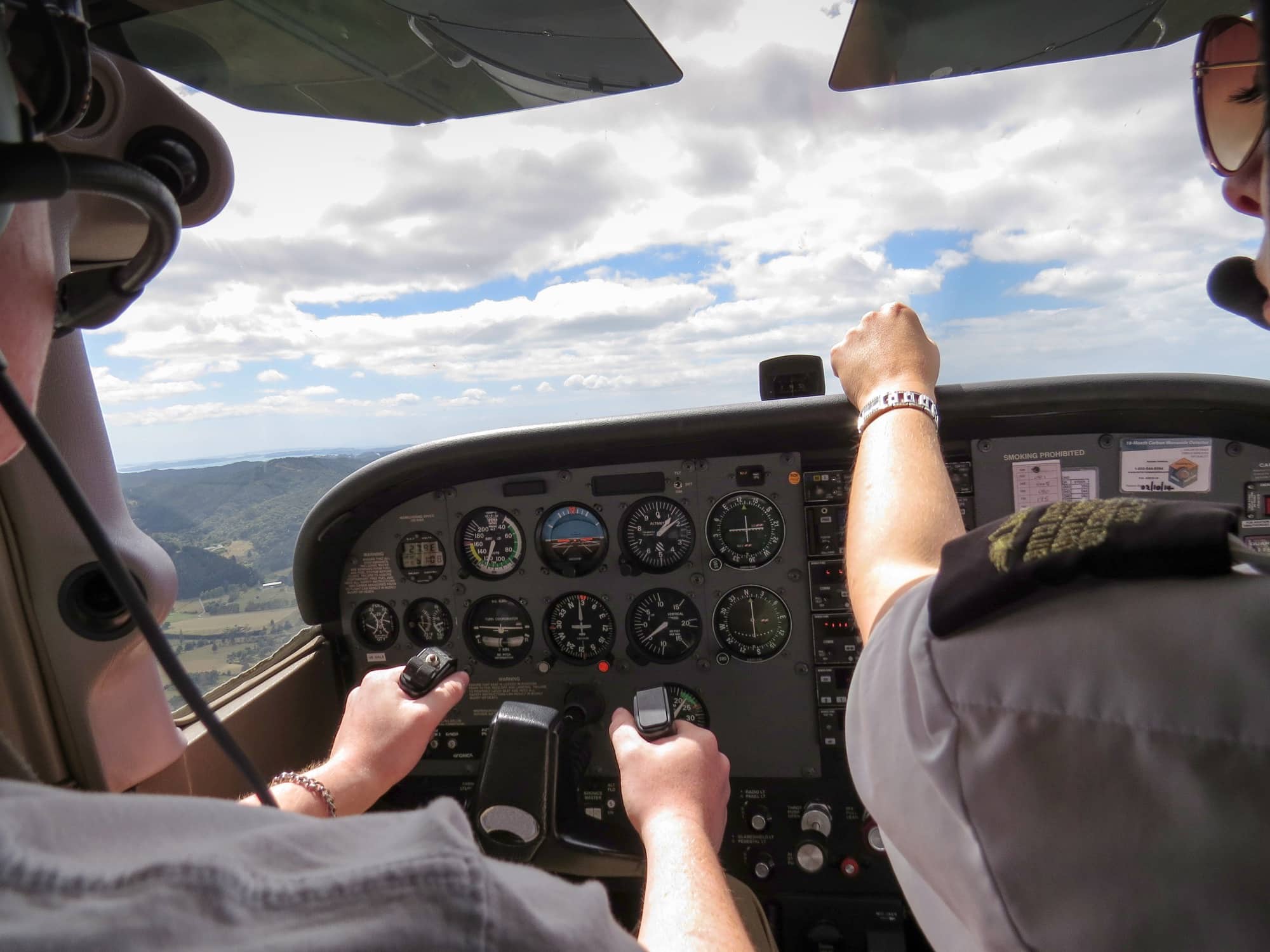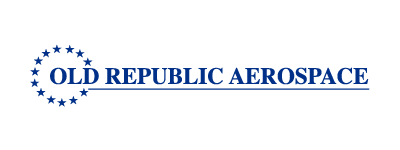Coverage Highlights
What Our Clients Are Saying...
We commonly see workers’ compensation insurance for aviation businesses including:
- Fixed Based Operators (FBOs)
- Maintenance, Repair, Overhaul (MROs)
- Airline Service Companies
- Airport Operators/ Authorities
- Charter Operations
- Flight Schools
- Aviation Manufacturers Suppliers
- Corporate Businesses that Operate Aircraft
- Aviation Government Contractors
- Defense Base Act Workers compensation – for foreign based government workers often for pilots and mechanical workers
What’s covered by aviation workers compensation insurance?
There are generally four types of benefits provided by workers’ compensation laws:
-
Medical Expenses – In most states, medical expenses incurred by the injured worker are covered 100% and without limit. Covered expenses not only include doctor and hospital costs, but also any expense incurred at home that is medically necessary.
-
Wage Replacement – Injured workers are provided a weekly income until they are able to return to work. The amount and duration on the income depends upon the workers’ average weekly wage, and classification of disability. The size of the weekly income is generally two-thirds of the workers’ average weekly wage up to a dollar maximum such as $1,000,000.
-
Survivor compensation – Benefits may be paid to eligible survivors when a worker is killed as a result of a work-related accident.
-
Rehabilitation – Physical therapy, vocational training, and psychological evaluations.
What kind of aviation businesses require coverage?
Not only aviation companies but all companies are required to carrier workers’ compensation insurance for their employees. In most states the insurance is purchased through a broker and insurance company but there are a handful of states that are considered “monopolistic” meaning the workers’ compensation insurance is purchased directly through the states insurance fund. These states are Ohio, Wyoming, Washington, and North Dakota.
Cost of Workers’ Compensation insurance?
The annual premium for workers’ compensation insurance is typically based upon a percentage of the employer’s payrolls. The percentage per $100 of payroll varies with the classification codes and prior year loss history. It is important to request the previous five years loss runs when quoting the renewal of a workers’ compensation policy. Doing so will create more underwriting interest and better rates.
What are the work comp cost saving programs?
Dividends Programs – Starr Specialty and Old Republic Aerospace
Premium Discount – A discretionary discount based on the insurance companies rating factor
Experience Modification – A scheduled rating based on prior loss ratio experience. The NCCI’s website has an expected experience modification for each company with employees.
Our Partners
Aircraft We Cover

Aero Commander IAI Westwind / 1123 / 1124 / II
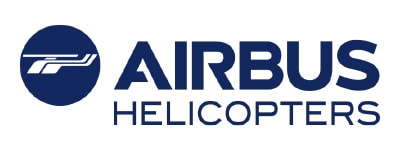
Airbus

Avanti EVO

Beechcraft

Beechcraft Baron / G58

Beechcraft Baron 58P / TC

Beechcraft Bonanza / G36

Beechcraft Denali

Beechcraft King Air 100

Beechcraft King Air 200

Beechcraft King Air 250

Beechcraft King Air 260

Beechcraft King Air 360 / ER

Beechcraft King Air 90

Beechcraft Premier I

Beechcraft Super King Air 300 / 300LW

Beechcraft Super King Air 350 / 350C / 350i / 350iER

Bell

Bombardier Challenger

Bombardier Global

Cessna
Cessna 172
Cessna 182
Cessna 206
Cessna 210
Cessna 414 Chancellor
Cessna 421 Golden Eagle

Cessna Caravan
Cessna Caravan 208
Cessna Citation 525
Cessna Citation Bravo
Cessna Citation CJ1
Cessna Citation CJ2
Cessna Citation CJ3
Cessna Citation CJ4
Cessna Citation Encore
Cessna Citation Excel
Cessna Citation I / 500
Cessna Citation II/SP
Cessna Citation III
Cessna Citation Latitude
Cessna Citation Longitude
Cessna Citation M2
Cessna Citation Mustang
Cessna Citation S/II
Cessna Citation Sovereign
Cessna Citation V / Ultra
Cessna Citation VI / 650
Cessna Citation VII / 650
Cessna Citation X / 750
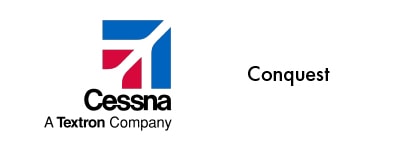
Cessna Conquest
Cessna Conquest I / 425
Cessna Conquest II / 441
Cessna Grand Caravan 208B EX

Cessna Single Engine Piston

Cirrus

Cirrus SR20

Cirrus SR22

Cirrus Vision Jet SF50

Daher

Daher Kodiak 100

Daher-Socata TBM-700

Daher-Socata TBM-850

Daher-Socata TBM-900

Daher-Socata TBM-910

Daher-Socata TBM-930

Daher-Socata TBM-940

Daher-Socata TBM-960

Dassault Falcon

De Havilland Canada

De Havilland Canada DHC-3 Otter

De Havilland DHC-2T Turbo Beaver

Diamond

Diamond Aircraft DA40 Diamond Star

Diamond Aircraft DA42 Twin Star

Diamond Aircraft DA50 / DA50 RG

Diamond Aircraft DA62 / DA52

Embraer

Embraer Legacy 450

Embraer Legacy 500

Embraer Legacy 600

Embraer Legacy 650 / E

Embraer Legacy Shuttle

Embraer Lineage 1000 / 1000E

Embraer Phenom

Embraer Phenom 100 / 100E / 100EV

Embraer Phenom 300 / 300E

Embraer Praetor 500

Embraer Praetor 600

Epic

Epic E1000

Epic E1000 GX

Extra

Game Composites
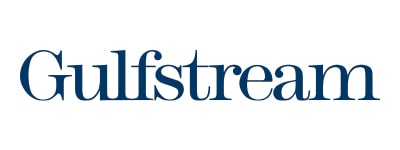
Gulfstream

Hawker

Honda Jet

Icon

Icon A5









